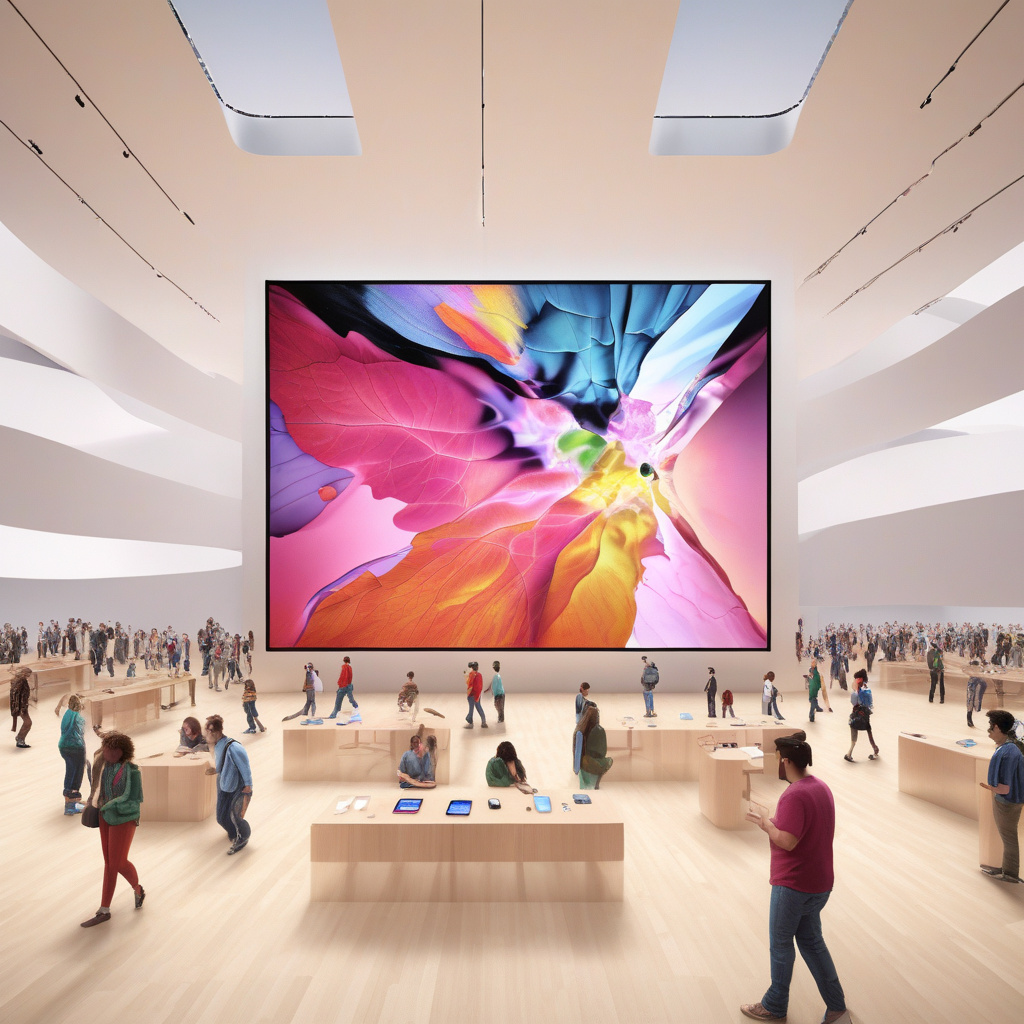WWDC: What We Know About Apple’s Liquid Glass UI
At the recent WWDC 2025 event, Apple unveiled its groundbreaking Liquid Glass user interface, aiming to redefine how users engage with their devices. This innovative UI merges the qualities of glass and liquid to create a visually stunning and dynamic user experience. By incorporating transparency and lighting effects, Liquid Glass departs from the conventional flat design, introducing rounded corners and translucent toolbars for a more immersive interaction.
Apple’s design team’s meticulous work on Liquid Glass has garnered praise from industry experts, highlighting its fluidity and dynamic motion that mimic the beauty of water. The interface’s ability to bend and shape light dynamically enhances the overall user experience, providing a seamless and organic feel to apps. This evolution aligns with Apple’s commitment to pushing the boundaries of design and functionality across its product ecosystem.
While receiving accolades for its innovative approach, Liquid Glass has also faced scrutiny regarding readability, especially in its most translucent mode. Designers have noted challenges in legibility due to excessive transparency, prompting Apple to address these concerns in subsequent updates. As the interface evolves through early developer betas, refinements to enhance usability and aesthetics are expected, ensuring a balance between form and function.
Liquid Glass represents a comprehensive redesign that extends to all Apple devices, from Macs to iPhones, iPads, Apple TV, and Apple Watch. The interface’s dynamic and translucent elements create a fluid visual experience, leveraging the capabilities of Apple Silicon to deliver a graphics-rich environment. With elements adapting to surrounding content through dynamic light bending, Liquid Glass offers a unique and engaging interface that responds to user interactions in real time.
Developers are pivotal in the integration of Liquid Glass into their applications, with Apple providing extensive resources and new APIs for SwiftUI, UIKit, and AppKit. Icon Composer, a new tool introduced for creating Liquid Glass icons, enables developers to align their app designs with the UI’s aesthetics seamlessly. Emphasizing a clear interface hierarchy and adherence to platform conventions, developers are encouraged to optimize their apps for the enhanced user experience offered by Liquid Glass.
In conclusion, Apple’s Liquid Glass UI represents a transformative leap in user interface design, setting a new standard for aesthetic appeal and functionality across its product lineup. While the transition to this innovative interface may require an adjustment period for users and developers alike, the beauty and versatility of Liquid Glass make it a promising evolution as Apple continues to shape the future of technology design.
—
Follow me on social media for more insights and updates: BlueSky, LinkedIn, Mastodon

